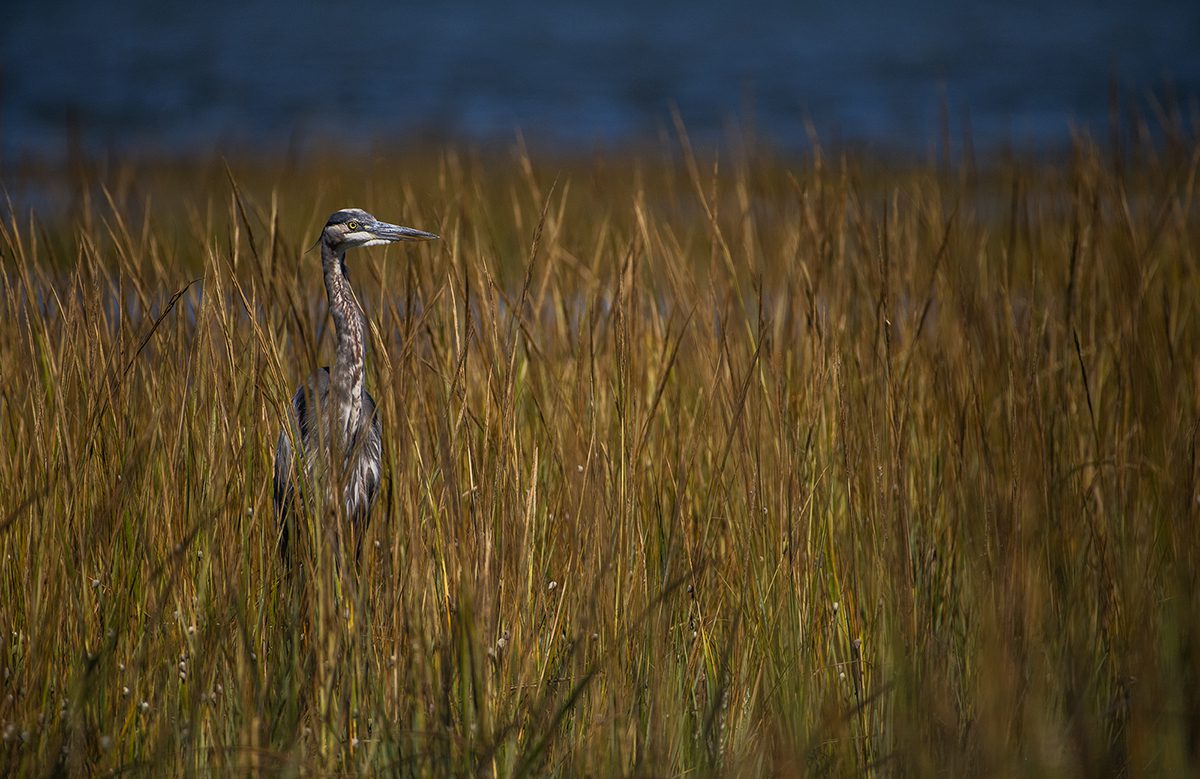
This week, Sept. 20-27, is National Estuaries Week, an annual opportunity to raise awareness and encourage protection of these natural resources,
Sponsoring organizations Restore America’s Estuaries, National Estuarine Research Reserve Association and the Association of National Estuary Programs are partnering with the National Environmental Education Foundation to highlight estuary conservation projects as a part of National Public Lands Day Saturday, Sept. 27.
Supporter Spotlight
National Public Lands Day is a single-day volunteer event for public lands on the fourth Saturday in September. Groups hosting a clean-up or restoration project may submit the project description via an online form to be featured in a 2025 National Estuaries Week Project Map.
National Estuaries Day was first observed in 1988 as a way to promote the importance of estuaries and the need to protect them.
“Estuaries — where salty seawater mixes with fresh water draining from the land — are one of many coastal habitats in which we work. Estuaries provide homes for fish and wildlife and support recreation, jobs, tourism, shipping, and more,” according to the National Oceanic and Atmospheric Administration.
Estuaries are called “nurseries of the sea,” because numerous marine animals reproduce and spend the early part of their lives in estuaries, which include habitats like marshes, seagrass beds and oyster reefs.
“Most of the fish and shellfish we eat — including salmon, herring, crabs, and oysters — spend some or all of their life in estuaries. Estuaries provide habitat for nearly 70 percent of the United States’ commercial fish catch and 80 percent of recreational catch,” NOAA explains in a release highlighting National Estuaries Week.
Supporter Spotlight
These natural resources provide a home for species that help improve water quality. Oysters are filter feeders that trap and remove pollution from the water. A single oyster can filter up to 50 gallons of water per day.
In addition to being a home for marine life, nearly 40% of Americans live on or near a major estuary, which also serve an economic role. An analysis by Restore America’s Estuaries found 39% of jobs are connected to estuaries and support 47% of economic output.
Another benefit to estuaries is that “habitat like salt marshes and seagrass beds serve as natural infrastructure. They protect communities from flooding and erosion by soaking up water and dissipating storm energy,” NOAA said.







